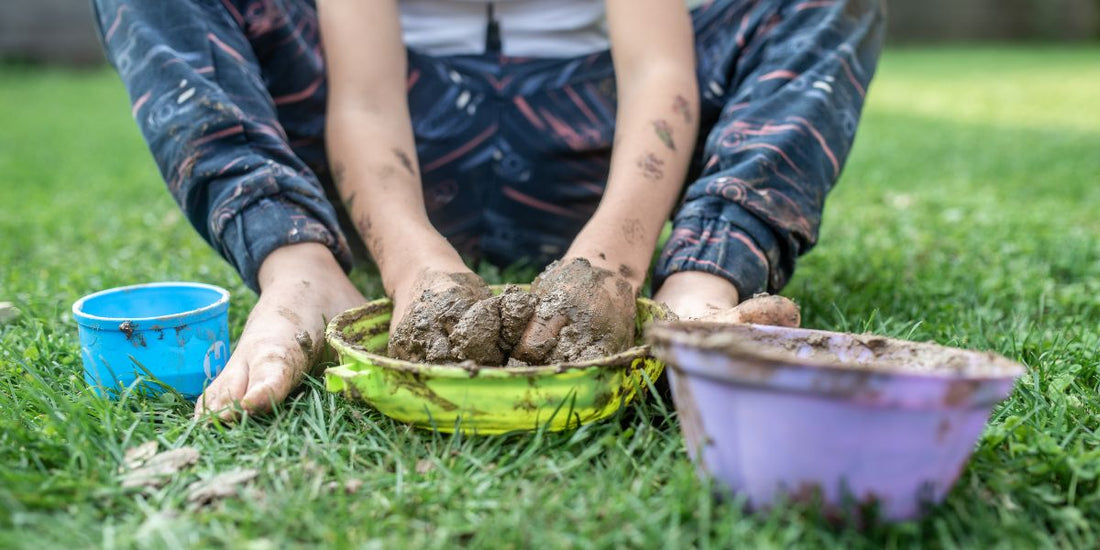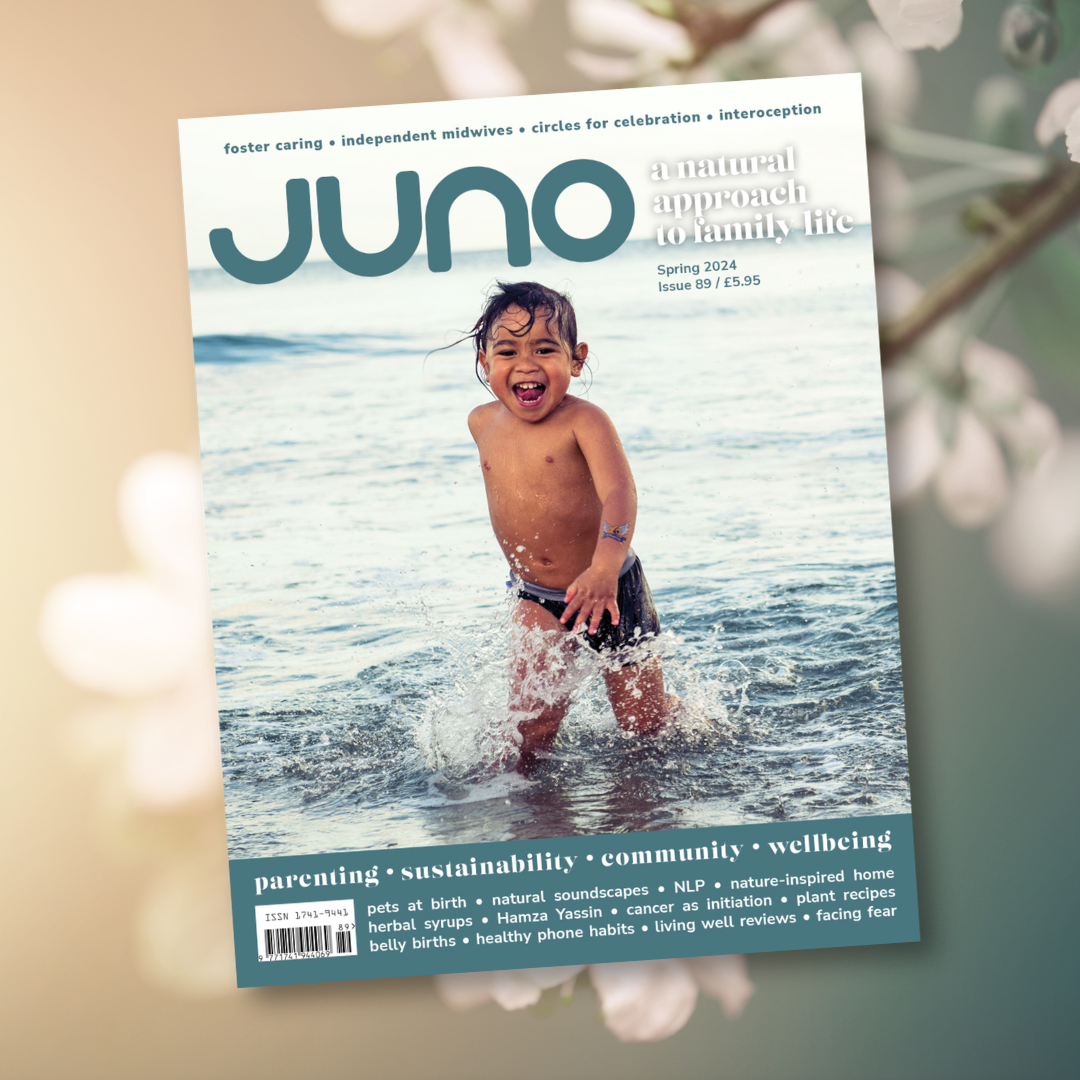As a picture book author-illustrator, I am always subconsciously looking for another story or image. I try to look for something that speaks to me, ideally something that grabs me and ignites enough interest and passion to convert it into words and art. Usually, it hits when I least expect it, as with the story of my latest picture book, Wild Beings. I watched our young son playing with a bunch of friends in our garden, and it dawned on me how they were all more akin to wild animals than civilised, domesticated humans.
Jumping in puddles, climbing rocks, swinging from trees is what lights these young humans up. Messy hair, muddy feet, squeals of joy and screams of excitement are commonplace. You might have one of these wildlings at home. I know some who are positively feral. The way most children would rather run and jump than walk. The way toddlers explore their dinner, observe their world, how they are bursting with life, and how they like to play.
And so, the idea of Wild Beings was born. A book about children’s interconnectedness with nature that draws parallels between animals and humans. It is an ode to the kindred spirits of children and animals. With socio-emotional themes woven throughout, Wild Beings celebrates our universal and unbreakable bonds with Mother Nature, igniting a passion for playing and exploring the outdoors. Let’s celebrate the wild child!
Closely entangled with nature
Spending time outdoors helps us find our place in the world. Of course, it is good for our physical bodies, but more and more studies show the benefits to our mental and emotional wellbeing too – and the same counts for children. The People and Nature Survey for England conducted a children’s survey. It reported that 94% of children who spent more time noticing wildlife and nature said that being in nature made them very happy. The survey also found that the more time children spent outdoors, the higher their reported happiness levels. And when asked how they’d like to spend more time outside, children mostly responded that they wanted to visit parks and playgrounds, followed by the seaside.1
Another significant outcome of spending more time outdoors is that young adults who played outside as children are more likely than those who didn’t to protect and care for the environment. A study conducted by Cambridge University Press found that 87% of those surveyed who played outside when they were young still hold a love of nature in adulthood, and 84% of those young adults reported that taking care of the natural environment is of great importance to them. There seems to be a definite link between a child’s experience of nature and their environmental attitude later in life, regardless of their socio-economic background. Interestingly, there was a difference in people growing up in rural versus urban settings: the study found that the love of nature was actually greater in people living in urban environments than those in rural settings.2
These are probably all good reasons to raise a generation with a passion for the outdoors.
Tipping point
Unfortunately, as children grow up, they tend to stay more indoors. In the UK, a primary school-aged child spends roughly six and a half hours a day at school. Approximately five of those hours are spent sitting down. They’re expected to sit still on a chair and are told off for fidgeting or wriggling their little bodies around, even though there is a direct link between cognitive development and movement.
And, as we all know, children are increasingly glued to screens, resulting in a reduction in movement and time spent outdoors (unless your child goes to a forest school). I will try to avoid all the obvious observations, as I would like to think most people are aware that it’s healthy to go outside. I am not against online devices. The iPad has been an excellent tool for my 9-year-old for years. But there has to be a balance.
A study about weekly hours of media consumption by children in the UK (published by Statista Research Department) found that, on average, children spent 13 hours watching TV, almost 11 hours gaming, over 14 hours on a mobile phone, and over 15 hours on the internet.3 That amounts to over 53 hours of screen time a week. When children reach their teenage years, they spend over 20 hours a week online. And the hours of screen time have only increased. Before lockdown, the UK government already identified screen time as an emerging concern for children. Coronavirus meant that most children had to conduct their social and educational lives online. A survey conducted by Parents Together in the US, found that 49% of children between 5 and 15 were spending over six hours a day online, an increase of nearly 500% since before the pandemic.4
The benefits of taking children outdoors cannot be underestimated when it comes to raising a generation of youngsters who are as mentally and emotionally stable as they can be, and who care for their immediate environment as well as the world at large. Without a doubt, nature plays a key role.
Personally, as a creative person, I get my greatest ideas when outside in the fresh air, and I give my best effort to feed the love I hold for wildlife and the environment back into my work in the hope to inspire others. Now go out and play and be wild and free!
Connecting to nature
Last year I found myself at the Wainwright Prize awards ceremony, the UK’s biggest nature writing prize. All the authors said how important it is to realise that we are not a part of nature, but that we ARE nature.
Below is a list of ideas for things to do with children outside, and a few for bringing the outdoors in.
- Camp in the garden.
- If you’re good at DIY, build a treehouse with your children.
- Go stargazing.
- Go birdwatching.
- Jump in puddles.
- Watch a sunrise.
- Dig in dirt.
- Build with mud.
- Watch worms wriggle through the soil.
- Gaze at clouds.
- Smell freshly cut grass.
- Collect seeds.
- Grow a plant.
- Craft using natural materials (for example, leaves, stones, sticks).
- Make prints of natural materials in clay.
- Make a bird bath or a bird feeder.
For more inspiration, the National Trust has some fantastic ideas on their ‘50 things to do before you’re 11¾’ activity list. nationaltrust.org.uk/50-things-to-do
____
Dorien Brouwers is an illustrator and author. She grew up in the Netherlands before moving to the UK, where she worked as a graphic designer with clients including the Prado Museum in Spain and Tate Modern. She initially started making picture books as a gift to her son. Her book Sail was shortlisted for the 55th Illustrators Exhibition at the Bologna Children’s Book Fair, and she was a finalist in the 12th edition of Key Colours Competition run by Clavis Publishing in Belgium. Her latest book, Wild Beings, is published by Little, Brown Young Readers. dorienillustrator.com
____
References
- Natural England, ‘The People and Nature Survey for England: Children’s survey’, updated 7 October 2021, available at gov.uk/government/statistic.
- C. Broom, ‘Exploring the relations between childhood experiences in nature and young adults’ environmental attitudes and behaviours’, Australian Journal of Environmental Education, 33(1) (2017), 34–47.
- Statista Research Department, ‘Weekly hours of media consumption in the UK 2018, by media’, (2021), available at statista.com/statistics/397851.
- Parents Together Foundation, ‘Survey shows parents alarmed as kids screen time skyrockets during Covid-19 crisis’, 23 April 2020, parents-together.org.
____
First published in issue 79 of JUNO. Accurate at the time this issue went to print.



